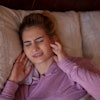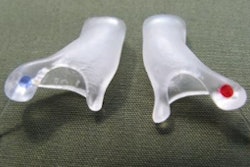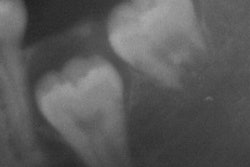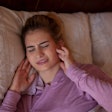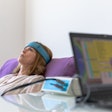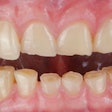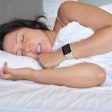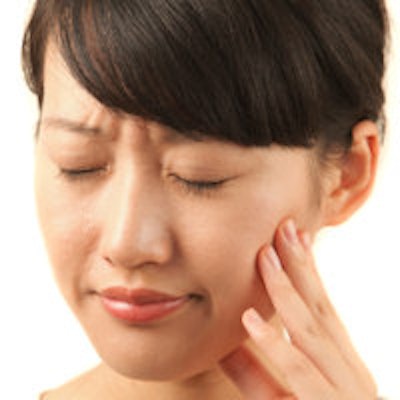
Most Americans would be surprised to learn how many people are affected by temporomandibular disorders (TMDs). Some researchers put the figure as high as 7% of the population. Consequently, it has been studied intensely.
TMDs have a number of different causes, and some can be discerned with the use of surface electromyography (sEMG) of the masticatory muscles. Now Italian researchers from the University of Brescia and Brazilian researchers from the University of São Paulo, among other institutions, have tested sEMG's ability to discriminate between different TMD pathologies to determine whether it is the best first diagnostic approach for TMD patients (Oral Surgery, Oral Medicine, Oral Pathology, Oral Radiology, August 2014, Vol. 118:2, pp. 248-256). Its successful use could reserve magnetic resonance imaging (MRI) for a select group of cases.
And it appears to be useful for that very purpose.
"Each EMG variable was standardized against the values obtained in the healthy control participants by calculating absolute (signless) z scores (patient value minus mean reference valued divided by the standard deviation of the reference group)," the researchers explained. "Each of the z scores showed a significant, moderately high ability in discriminating between osteoarthrosis and damaged soft tissues."
The researchers acknowledge that MRI is the gold standard for TMD diagnosis, given its ability to yield data about joint morphology and alterations accurately -- but it is expensive. Since patient assessment of their masticatory muscles with sEMG is an existing tool in dentistry that would not require a specialist and has a low associated cost, it could be used to support clinical findings.
“sEMG can be a first diagnostic approach to patients with TMDs.”
"This method provides quantitative data on the function of superficial muscles without invasive or dangerous procedures and without discomfort to the patient," the researchers wrote. "sEMG in controlled protocols can be an important diagnostic tool in patients with TMDs, providing additional information that cannot be obtained by clinical assessment and history."
Overall, the researchers were confident about sEMG's place and importance in investigating patient issues with their stomatognathic system and encouraged their use as a first-choice assessment tool.
"The use of sEMG may be proposed for a first screening of patients with TMDs, submitting to MRI only those who have the largest discrepancies from the reference values," they wrote.
In the study, the researchers gathered 100 patients who had TMD symptoms for more than six months and considered their clinical history according to the Research Diagnostic Criteria for TMD (RDC/TMD). Those who had arthrogenous TMD per the RDC/TMD axis I, groups II, and III received bilateral, high-resolution MRI exams and sEMG analysis of their masticatory muscles, the researchers stated. After considering exclusion and inclusion criteria, they were left with 24 participants who were divided into two groups: Group A consisted of those with osteoarthrosis, and group B included those with only soft-tissue damage, such as a unilateral or bilateral disk dislocation.
Because group A had a significantly higher age range, the researchers included two different control groups, one older and one younger. Each participant received an MRI exam and sEMG analysis on the same day. Their MR images were assessed by two radiologists for condylar-fossa morphology, disk displacement, and evidence of joint effusion. The MRI scores were calculated for both joints.
In the sEMG portion of the study, the researchers performed an sEMG of the right and left masseters and anterior temporal muscles while the patients engaged in maximum voluntary teeth clenching. Each patient underwent two sets of tests, a standardization recording in which they clenched on cotton rolls and a test recording in which they clenched in intercuspal position. The researchers who performed these tests were not made aware of the patients' MRI results.
Afterward, they analyzed the data and calculated z scores. "sEMG variables allowed discrimination between the two patient groups as defined by MRI examination," the researchers wrote. "For this reason, the objective recording of the masticatory muscle function and dysfunction through sEMG can be a first diagnostic approach to patients with TMDs."



